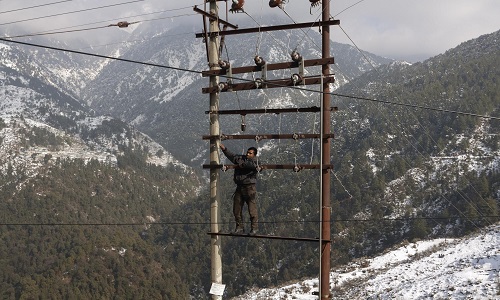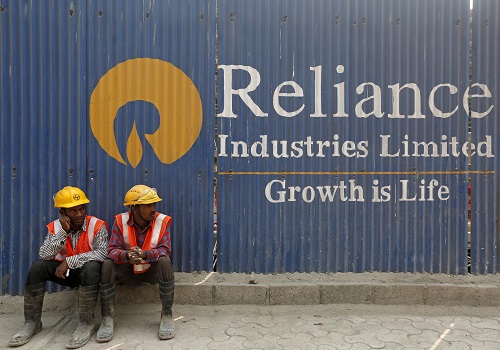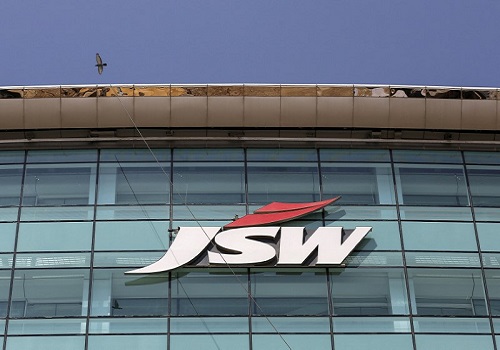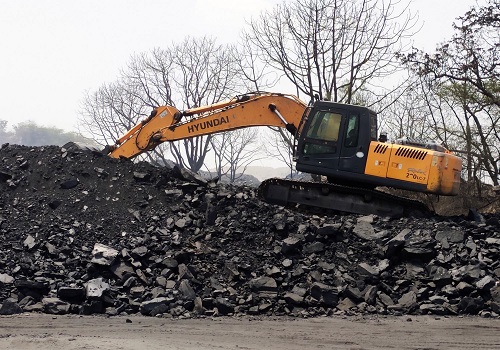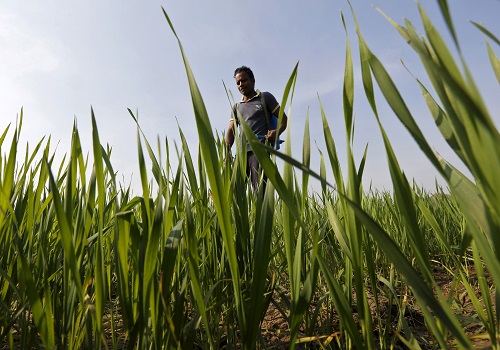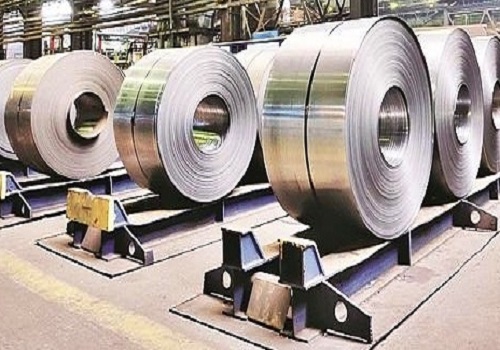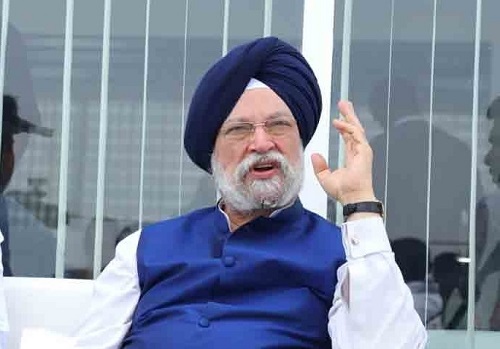Coal shortage crisis in non-power sector escalates; Trade bodies move from appeals to agitation
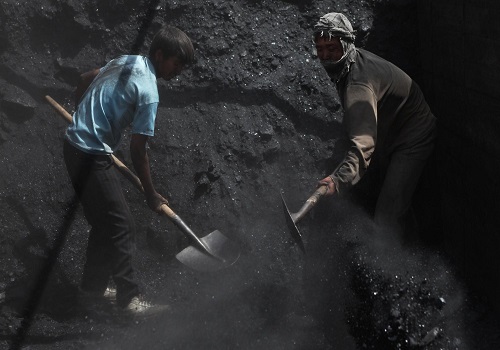
Follow us Now on Telegram ! Get daily 10 - 12 important updates on Business, Finance and Investment. Join our Telegram Channel
At a time when the Indian economy is striving to emerge from the setbacks inflicted by the Covid pandemic, the short supply of coal to non-power industries including steel, cement and paper since August 2021 is steadily turning fears of massive economic losses and unemployment into an ugly reality.
After repeated appeals by trade and worker bodies, such as the Indian Captive Power Producers Association (ICPPA), the Federation of Indian Mineral Industries (FIMI), among many others, the distressed stakeholders in the non-power sector have now resorted to agitation against the production and supply anomalies, and Coal India Limited's (CIL) continued prioritization of the power sector.
On Monday, over 500 Indian Youth Congress workers organized a protest in Bilaspur, Chhattisgarh against the continued coal shortage in the state's non-power sector. Submitting a representation to the CMD, South Eastern Coalfields Limited (SECL), pleading for more coal allocation within the state, the workers vowed to escalate their stir if the situation did not improve. SECL, a subsidiary of CIL, is contractually obligated to supply 65 million tonnes of coal to the state's non-power sector annually. While the last contract expired in October 2021, the execution of the new Tranche-5 contract has not taken place yet. The non-power sector of Chhattisgarh was given an assurance by SECL that in the intervening period of Tranche-5, coal would be supplied through auctions. However, in the last four months, only 30 lakh tonnes of coal per month have been auctioned.
Earlier, Sandeep Goel, Chairman, CII Chhattisgarh, in a separate representation to Chief Minister Bhupesh Baghel, highlighted the coal shortage's likely impact on the continued growth prospects of the state. The CPP-based non-power sector in Chhattisgarh generates about 4000 MW of power for which it requires a stable supply of 88,000 tonnes of coal daily.
In his letter to the Prime Minister's Office, Indian National Trade Union Congress (INTUC) President in Chhattisgarh, Sanjay Kumar Singh disclosed that more than 250 CPP-based industries in the state require 32 million tonnes of coal per year, which is only 19 per cent of the total SECL production (165 million tonnes). However, the CPPs are getting only 40 per cent of that requirement, while the remaining 60 per cent is being sent outside the state. Meanwhile, the Korba Truck and Trailer Association (KTTOA) also submitted a plea to the PM, raising concerns about the looming unemployment amongst local businesses and calling for an immediate cessation in movement of coal from Chhattisgarh to other states.
The recent representations come close on the heels of similar concerns raised by industry bodies in Odisha. Despite multiple recent representations to the PMO, CM's Office and the management of Mahanadi Coalfields Limited (MCL), another subsidiary of CIL, there has been no relief provided to non-power sector operators in Odisha. The situation took a turn for the worse last week when some of the local populace impacted by coal shortage staged a rail roko for many hours at one of Mahanadi Coalfields' locations in Odisha, demanding that state authorities must prioritise coal rake supplies to the local industries.
According to the Indian Industrial Value Chain Council (IIVCC), more than 5,000 small and medium-sized enterprises (SMEs) could be staring at huge losses and shutdowns if the present coal crisis confronting the non-power sector is not resolved. Comprising of large manufacturers, SMEs and ancillary industries, all of whom are dependent on coal for sustained operations, the sector is hampered by an acute shortage of the precious fossil fuel. This burgeoning issue has the potential to impact lakhs of people employed in related sectors across the country, and swallow any gains achieved in the post-pandemic economic recovery of the country.

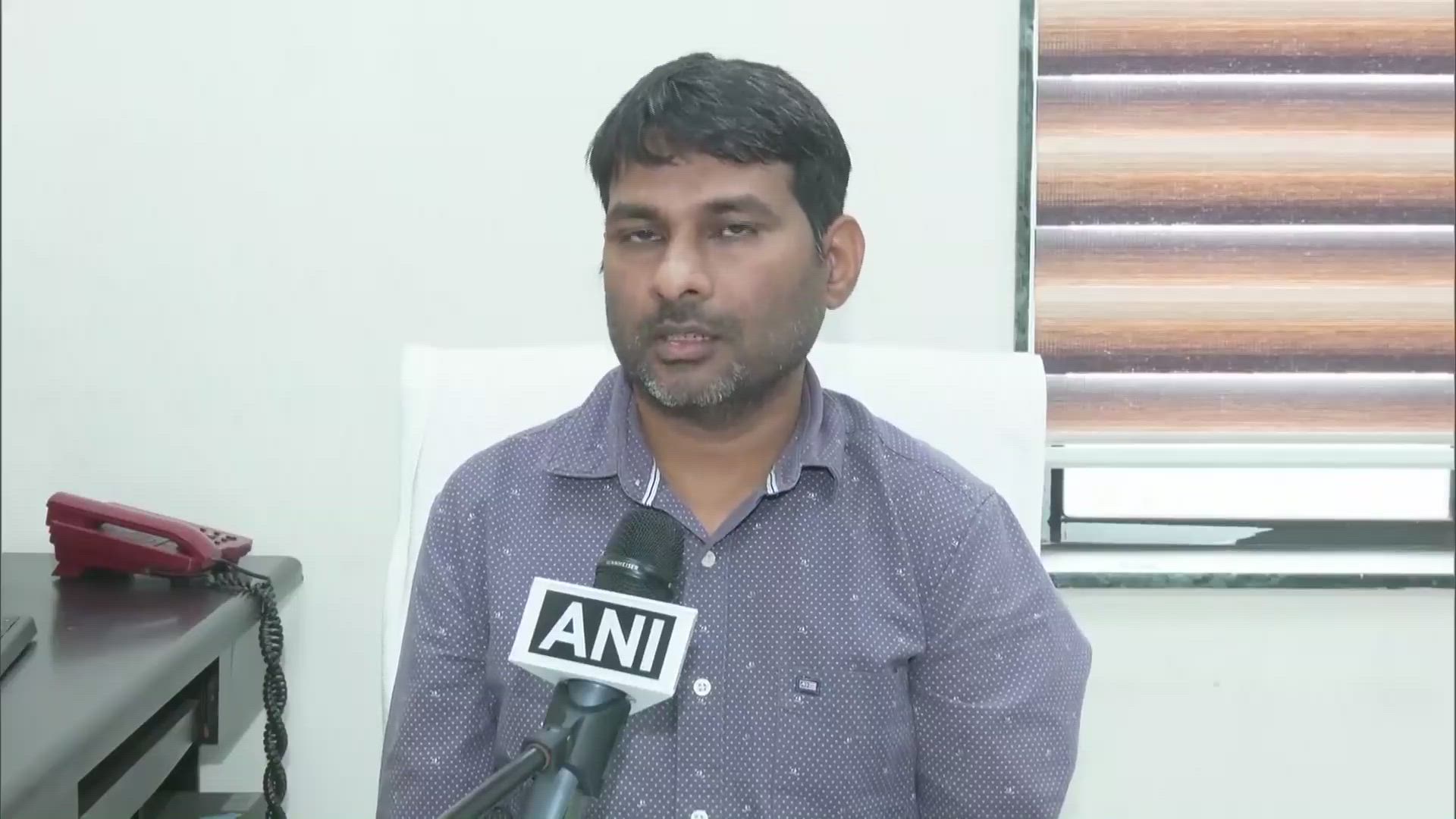




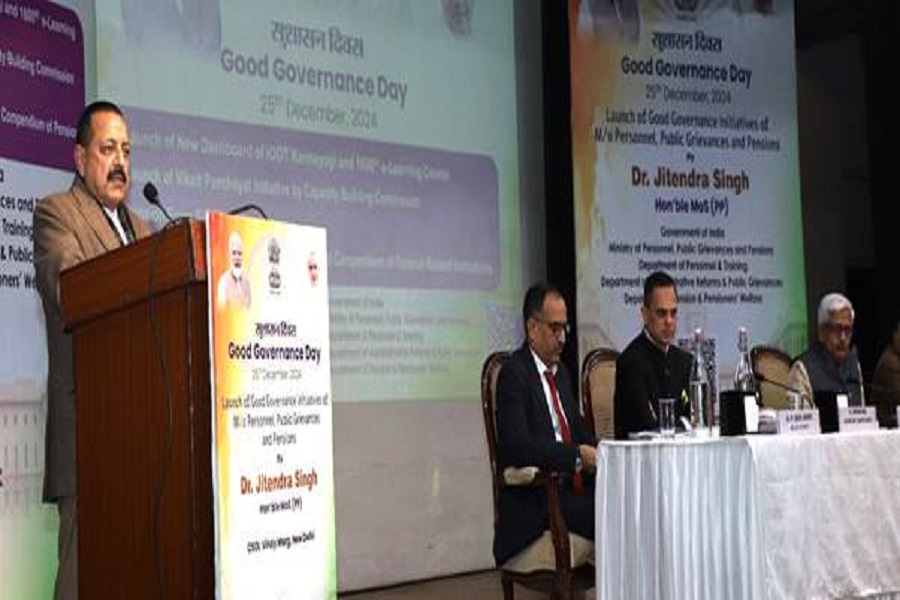
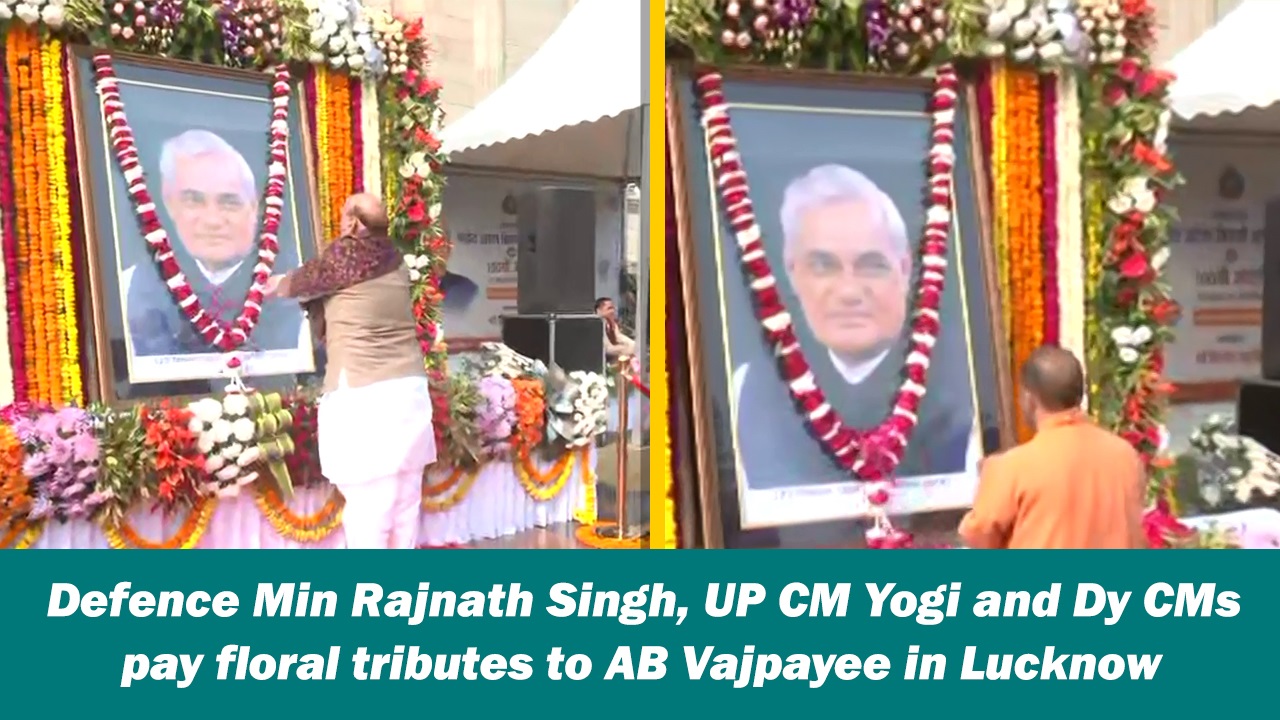




 320-x-100_uti_gold.jpg" alt="Advertisement">
320-x-100_uti_gold.jpg" alt="Advertisement">


